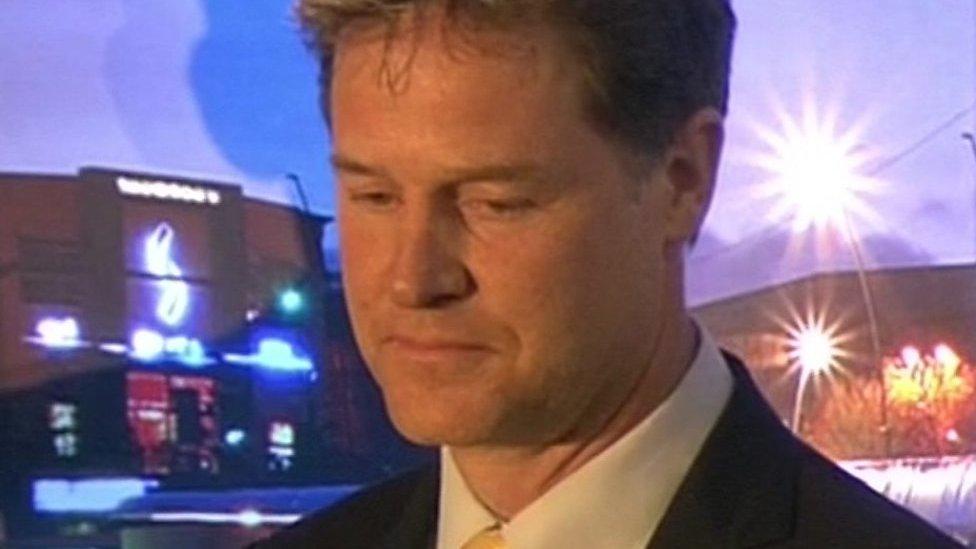General election 2017: Why people voted the way they did
- Published
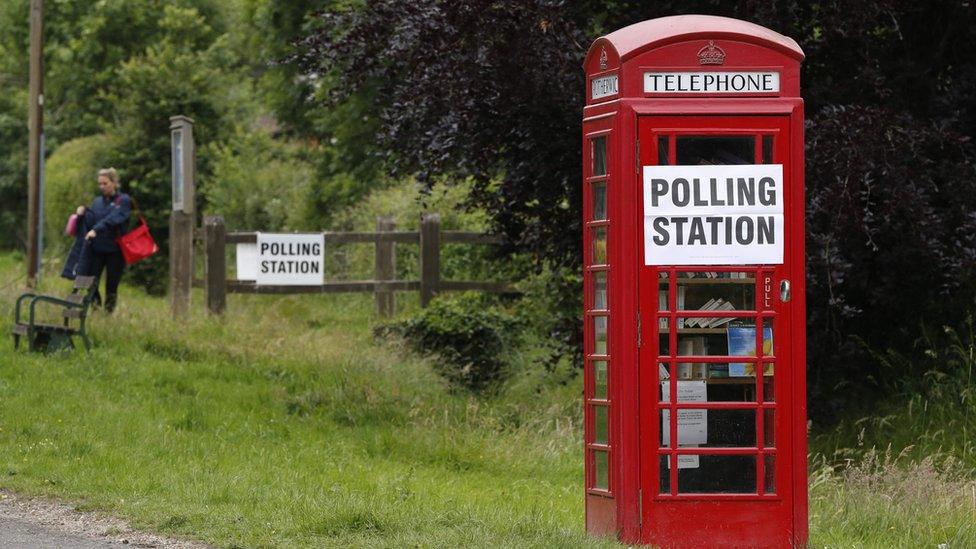
There's no way of knowing for sure how different types of people voted on 8 June - it's a private ballot, after all - but that doesn't stop polling companies giving it a go.
Here are some of the things their surveys have been saying:
Age is 'the new dividing line'
According to a newly released study by Ipsos Mori, age was the the biggest dividing factor in this election since it began its estimates in 1979.
YouGov agrees, calling age the "new dividing line in British politics".
Both companies, and Lord Ashcroft's exit poll, found Labour did better among under 50s, and the Tories with older voters.
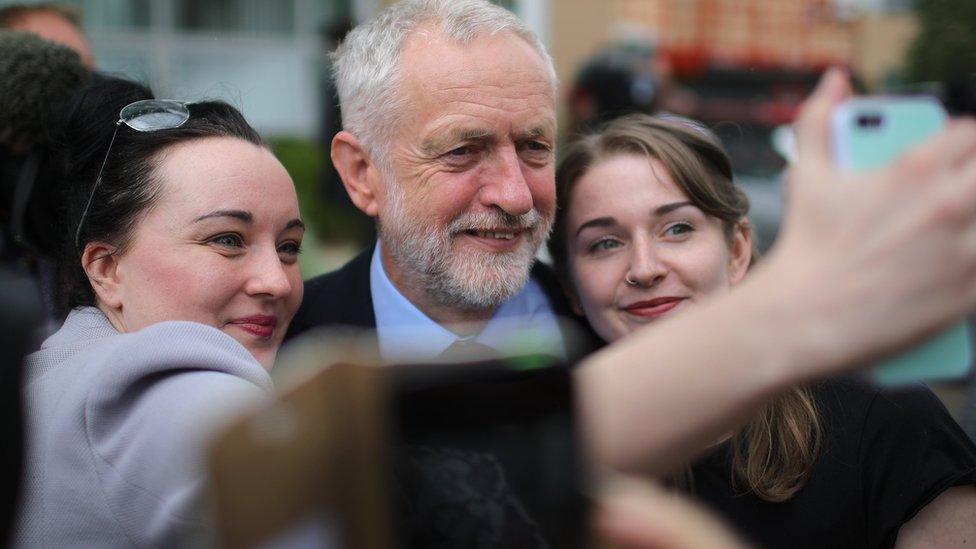
According to Ipsos Mori, the 25 to 34 age group was where Labour got the biggest swing from the Conservatives.
To illustrate its "dividing line" point, YouGov said Labour was 47 percentage points ahead among 18 and 19-year-olds - with the Conservatives 50 ahead among over 70s.
More young people voted...
Plenty has been said about this - see the BBC's Reality Check verdict here - and YouGov and Ipsos Mori agree that turnout among under 24s went up. According to Ipsos Mori, it increased by 16 percentage points from 2015 to 54%, although it warned that its turnout estimate should be treated with caution.
...but older people were still more likely to vote
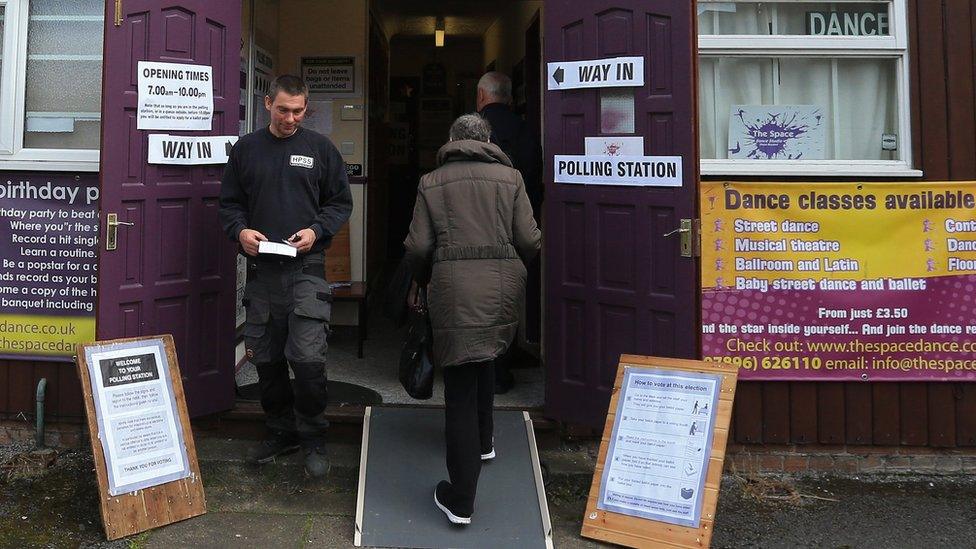
Despite the apparent increases in turnout among young people, Ipsos Mori and YouGov both agreed that older people were still considerably more likely to vote.
YouGov estimated the turnout among over 70s at 84%.
Another dividing line: Education
A university education looks like an indicator as to how someone might have voted on 8 June.
"While the Conservatives' support decreases the more educated a voter is, the opposite was true for Labour and the Lib Dems," YouGov said.
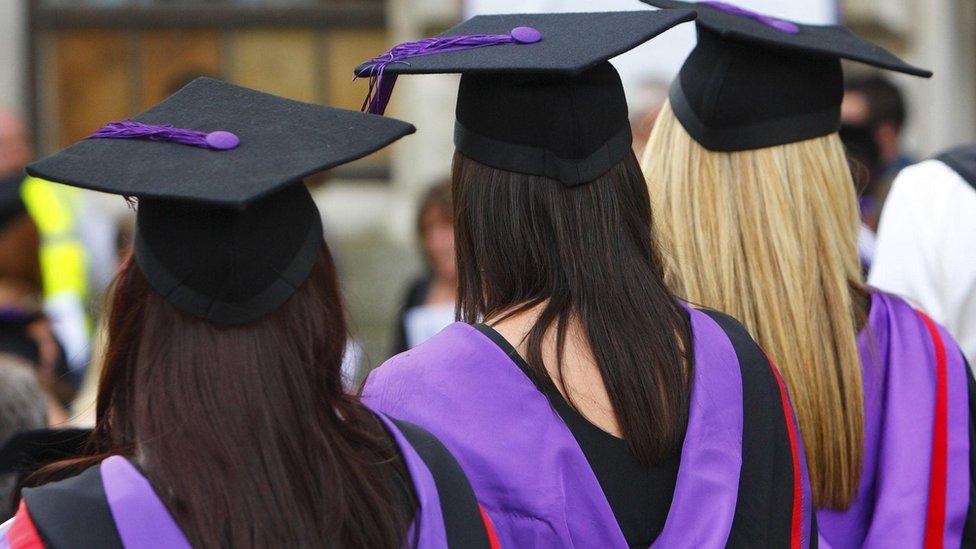
"Alongside age, education has become one of the key electoral demographic dividing lines."
Ipsos Mori gave the Tories a whopping 17-point lead among people with no qualifications - and a seven point lead with voters educated to below degree level.
But it said Labour had a 15-point lead among graduates (YouGov gave Labour a 17-point lead here).
But 'class divide closed'
According to YouGov, class is "no longer a very good indicator of voting intention", finding little difference among the different socio-economic groupings between the two largest parties.
In a reversal of the traditional class divide in British politics, Ipsos Mori found: "The middle classes swung to Labour, while working classes swung to the Conservatives."
Voting like it's 2015
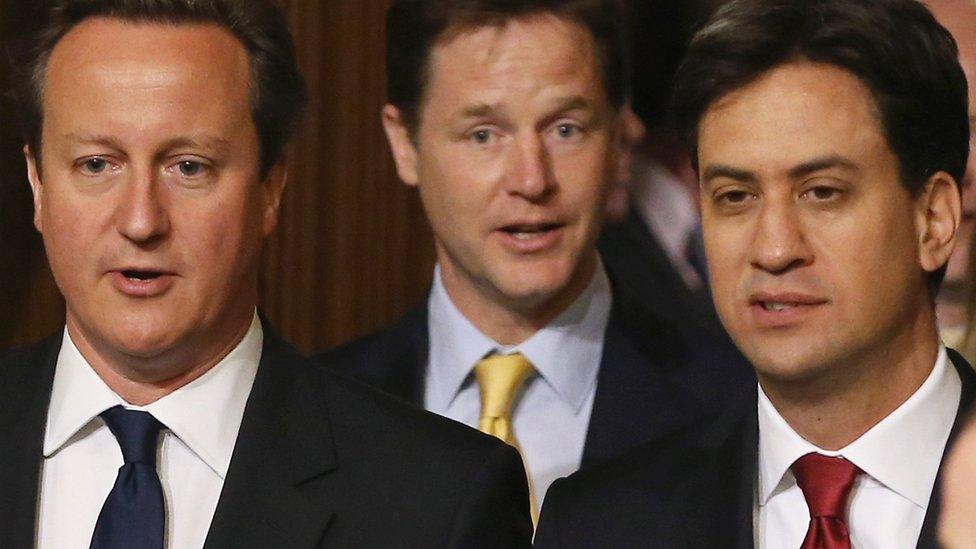
It's only two years since the last general election - and the Tories and Labour both kept 90% of their 2015 voters, Ipsos Mori says. Lord Ashcroft had this as 83% for Labour and 82% for the Tories.
But only half of the Lib Dems' voters from last time around stayed with the party, Ipsos Mori said (more on this below).
Labour won among BME voters
That was a finding from Ipsos Mori, which said Labour's lead here increased by six points to 54 points.
Turnout among black and minority ethnic voters also increased by six points since 2015, it said.
This was despite a concerted effort by the Conservatives to close the gap with Labour.
The Brexit effect

Remainers in last year's referendum tended to back Labour, Leavers the Tories.
Labour led the Conservatives by 47% to 33% among Remainers - while the Conservatives beat Labour by 46% to 39% among Leavers, Ipsos Mori said.
Lord Ashcroft found that just over two-thirds of people who voted Tory on 8 June had backed Leave a year earlier - two thirds of Labour voters voted for Remain.
Guardian readers - Labour; Telegraph readers - Tory
No great surprise here. YouGov found the most pro-Conservative readership was the Daily Telegraph, followed by the Express and the Mail, all titles that backed Theresa May's party.
Guardian readers were most likely to back Labour followed by the Mirror's.
Where the Lib Dems' votes came from

The Lib Dems' vote share was only slightly down from 2015 - but as mentioned above, Ipsos Mori said only half of the party's 2015 voters stayed with them this time.
Where did the rest come from? Roughly the same number of Labour and Tories, says Ipsos Mori. But despite this "significant churn", the demographic profile of Lib Dems voters is "little changed", it said.
How they worked it out
YouGov interviewed, external 52,615 adults between June 9 and 13.
Ipsos Mori interviewed 7,505 adults between 21 April and 7 June. It weighted the results according to the actual results for each region.
Lord Ashcroft surveyed, external over 14,000 people on polling day who had already cast their vote.
- Published9 June 2017

- Published16 June 2017
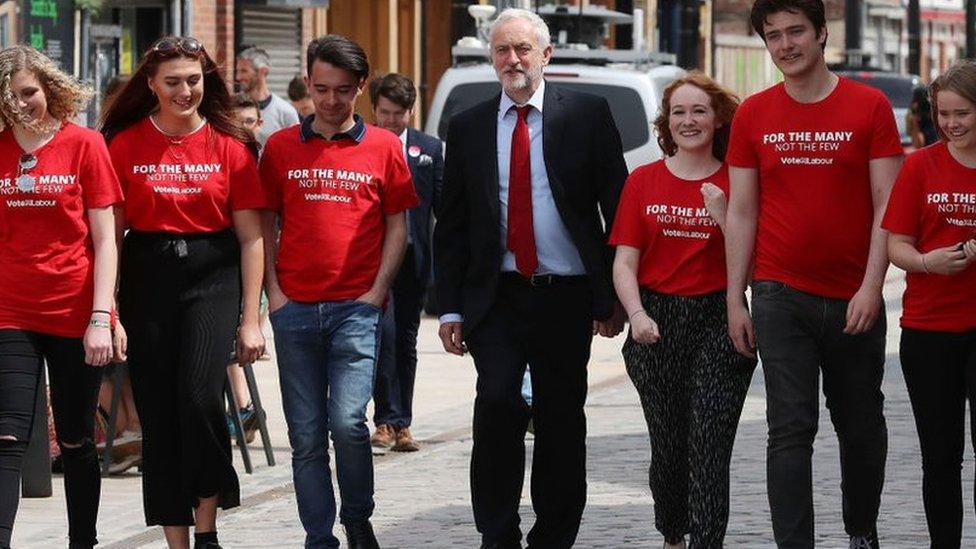
- Published9 June 2017
